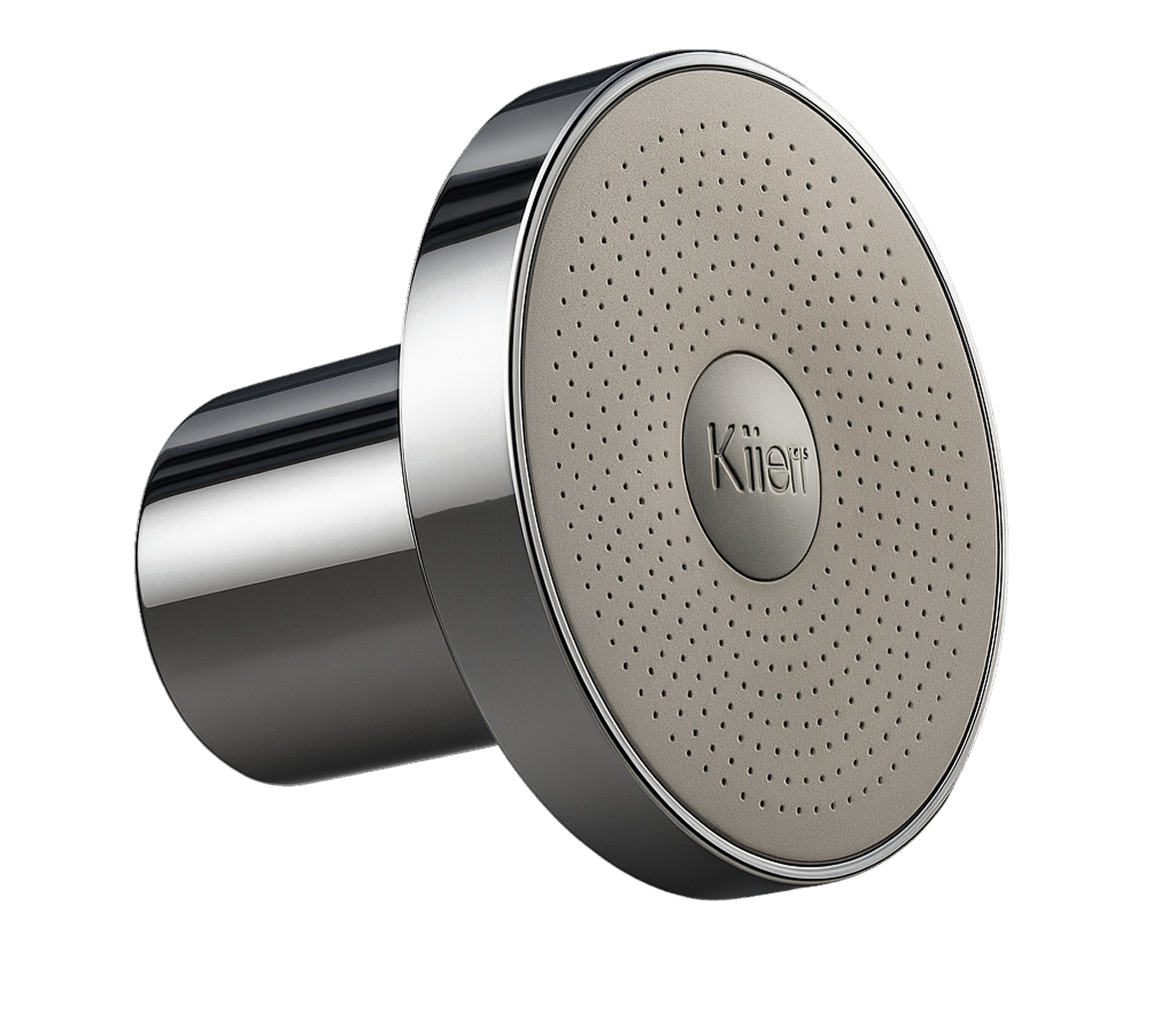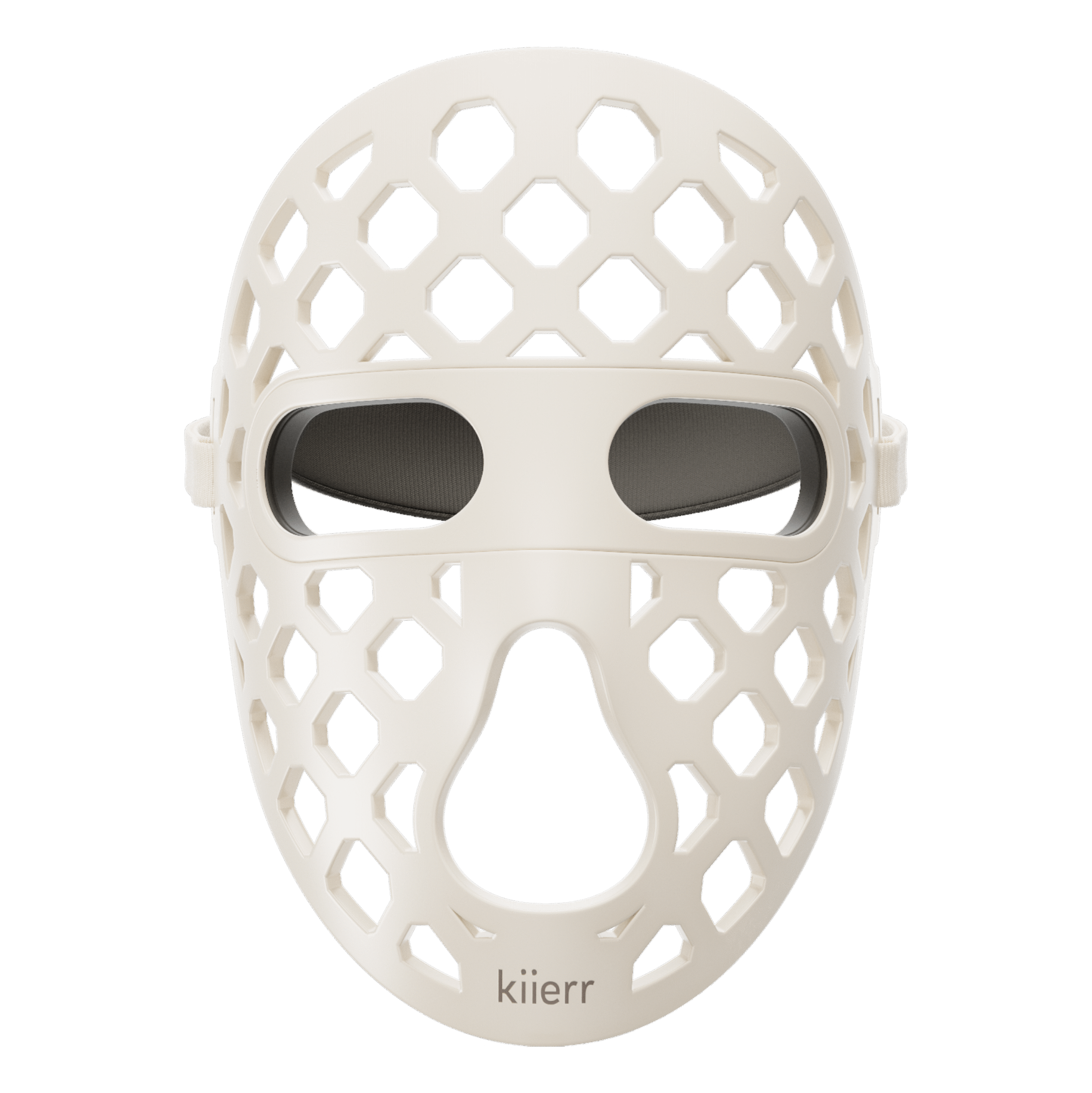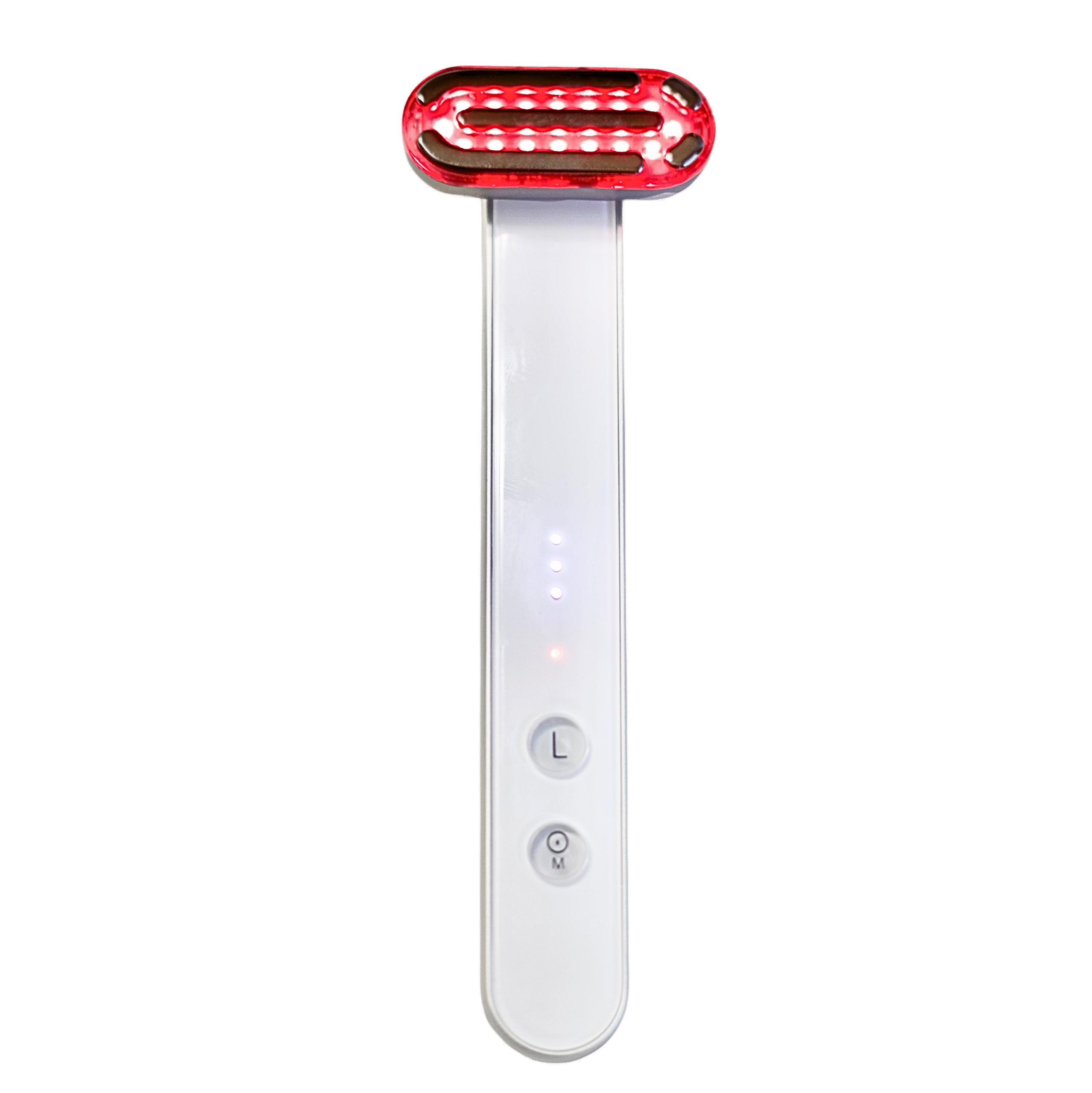Add items to get a Free Gift!
#1 Rated FDA-Cleared hair Loss Treatment
Is My Hair Shedding Too Much?
Table of Contents
Is My Hair Shedding Too Much? How to Know When It’s a Problem
We all lose hair—it’s a normal part of the growth cycle. But when does daily shedding cross the line from normal to concerning? If you’re noticing more strands in the shower, on your pillow, or in your brush, you’re not alone—and you’re right to pay attention.
In this blog, we’ll break down what’s normal, what’s not, and how red light therapy can help stop excessive shedding before it leads to permanent thinning.
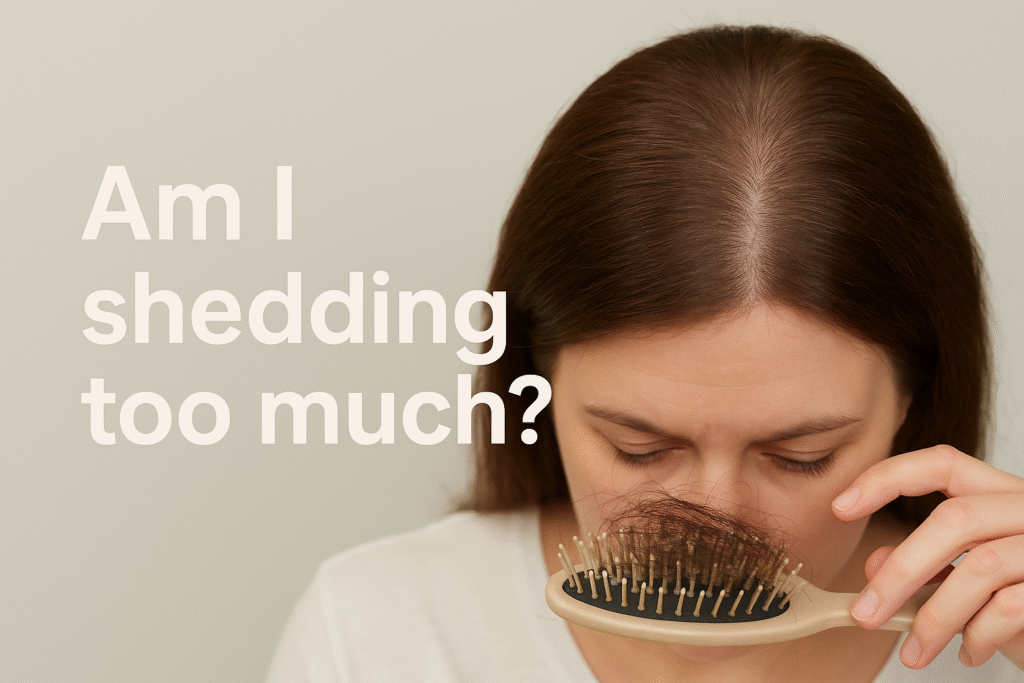
What’s Considered “Normal” Hair Shedding?
Most people lose 50 to 100 hairs per day. This is a natural part of the hair growth cycle, specifically the telogen (resting) phase, when follicles release old strands to make room for new ones.
But several signs can indicate abnormal shedding:
-
You’re losing more than 150 hairs per day, consistently
-
You notice wider part lines or thinner ponytails
-
Hair is falling out in clumps or patches
-
Your scalp is becoming more visible through your hair
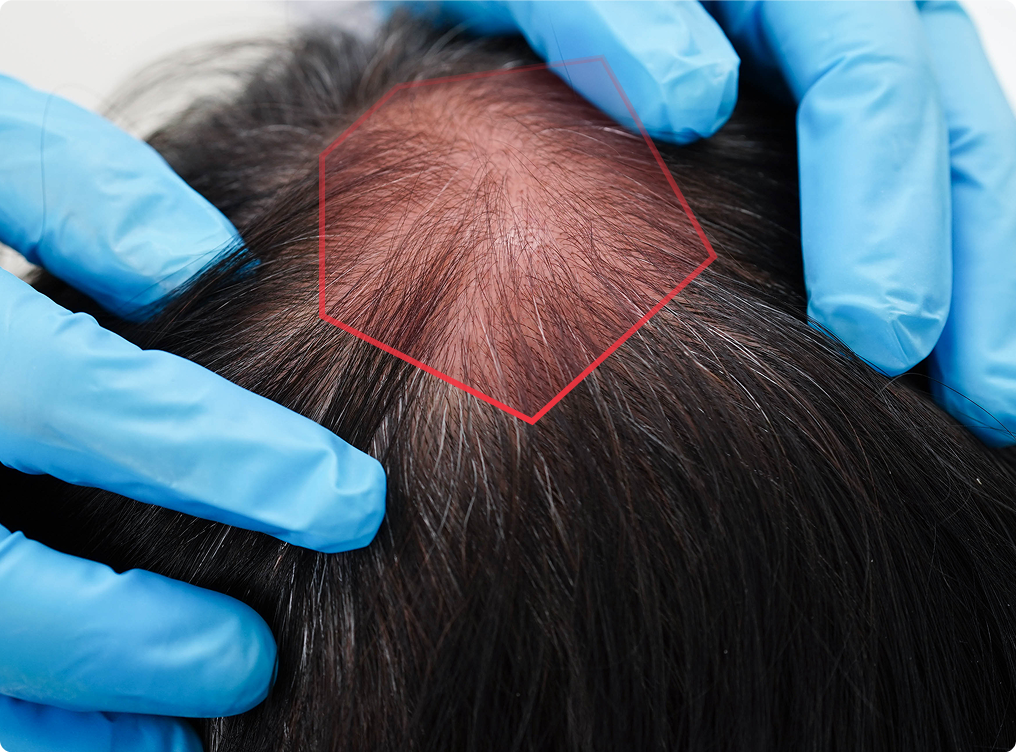
Common Causes of Excessive Shedding
Too much hair shedding can be triggered by:
-
Hormonal shifts (postpartum, menopause, thyroid issues)
-
Stress and illness
-
Nutritional deficiencies (iron, zinc, vitamin D)
-
Medications
-
Overstyling or heat damage
-
Androgenetic alopecia (genetic thinning in both men and women)
If you’re experiencing prolonged shedding without regrowth, it’s time to take action.
How the Hair Growth Cycle Affects Shedding
Hair goes through three main phases:
-
Anagen (growth phase)
-
Catagen (transition phase)
-
Telogen (resting/shedding phase)
If too many hairs enter the telogen phase at once (a condition called telogen effluvium), shedding increases dramatically. But here’s the good news—this condition can often be reversed if addressed early.

Can Red Light Therapy Help with Shedding?
Yes—especially if you’re in the early stages of thinning. The Kiierr 272 Premier Laser Cap uses medical-grade red light to energize your hair follicles and extend the anagen phase, which helps:
-
Reduce excessive shedding
-
Promote thicker, healthier strands
-
Reactivate dormant follicles
-
Improve scalp circulation and nutrient delivery
By improving follicular health at the cellular level, red light therapy helps stabilize shedding and sets the stage for new growth.

Is Shedding After Starting a Laser Cap Normal?
Absolutely. Many users experience a temporary increase in shedding during the first few weeks of red light therapy. This is called “shedding shock” and it usually means older hairs are being pushed out to make way for new growth.
The shedding usually slows within 2–4 weeks and transitions into visible regrowth within 3–6 months.
When to Take Action
See a doctor or dermatologist if you notice:
-
Sudden or rapid hair loss
-
Scalp pain, redness, or inflammation
-
Bald spots or hair coming out in handfuls
If your shedding is gradual or genetic, starting treatment early with the Kiierr 272 Premier Laser Cap can help prevent long-term follicle loss.
Final Thoughts
Shedding can be scary—but it’s not always a sign of permanent loss. Understanding the difference between normal and excessive shedding is the first step in protecting your hair.
The earlier you intervene, the better your chances of maintaining thickness and stimulating regrowth. If you’re ready to take control, explore how Kiierr’s FDA-cleared laser caps can help.

Jolene Anderson is the proud Co-Founder of Kiierr Hair Growth Experts. She has 11 years experience in natural healing, laser therapy hair loss. She’s a caring mom of 2 and passionate about helping others. Connect with her on LinkedIn: Jolene Anderson – Co-Founder @ Kiierr.com

 LASER CAPS
LASER CAPS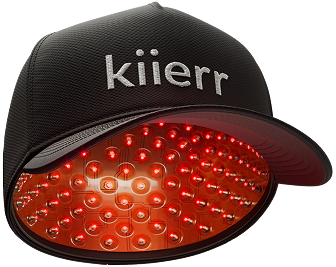

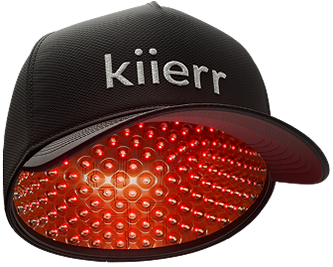

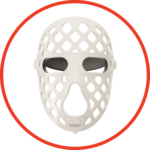 Beauty Products
Beauty Products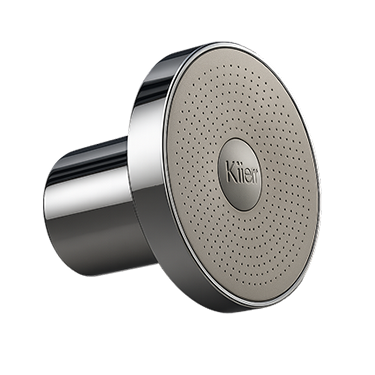


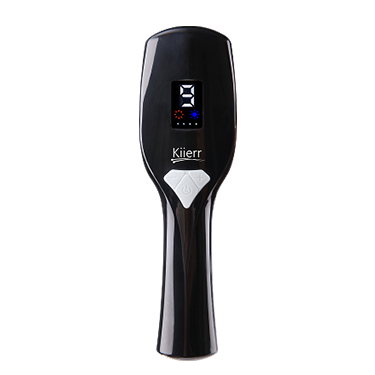
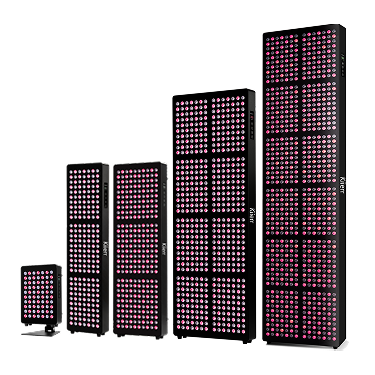
 RESULTS
RESULTS
 Find your device
Find your device
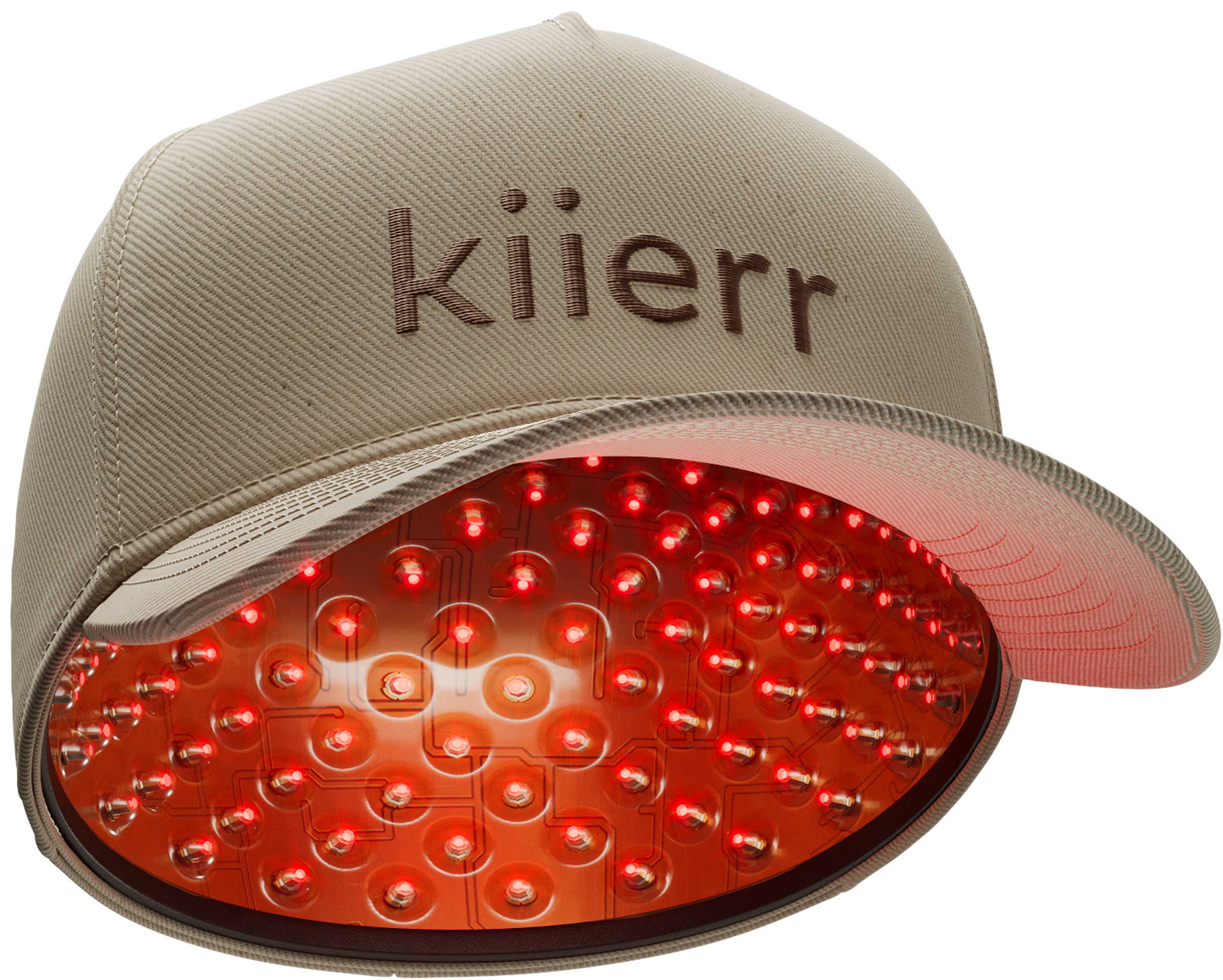
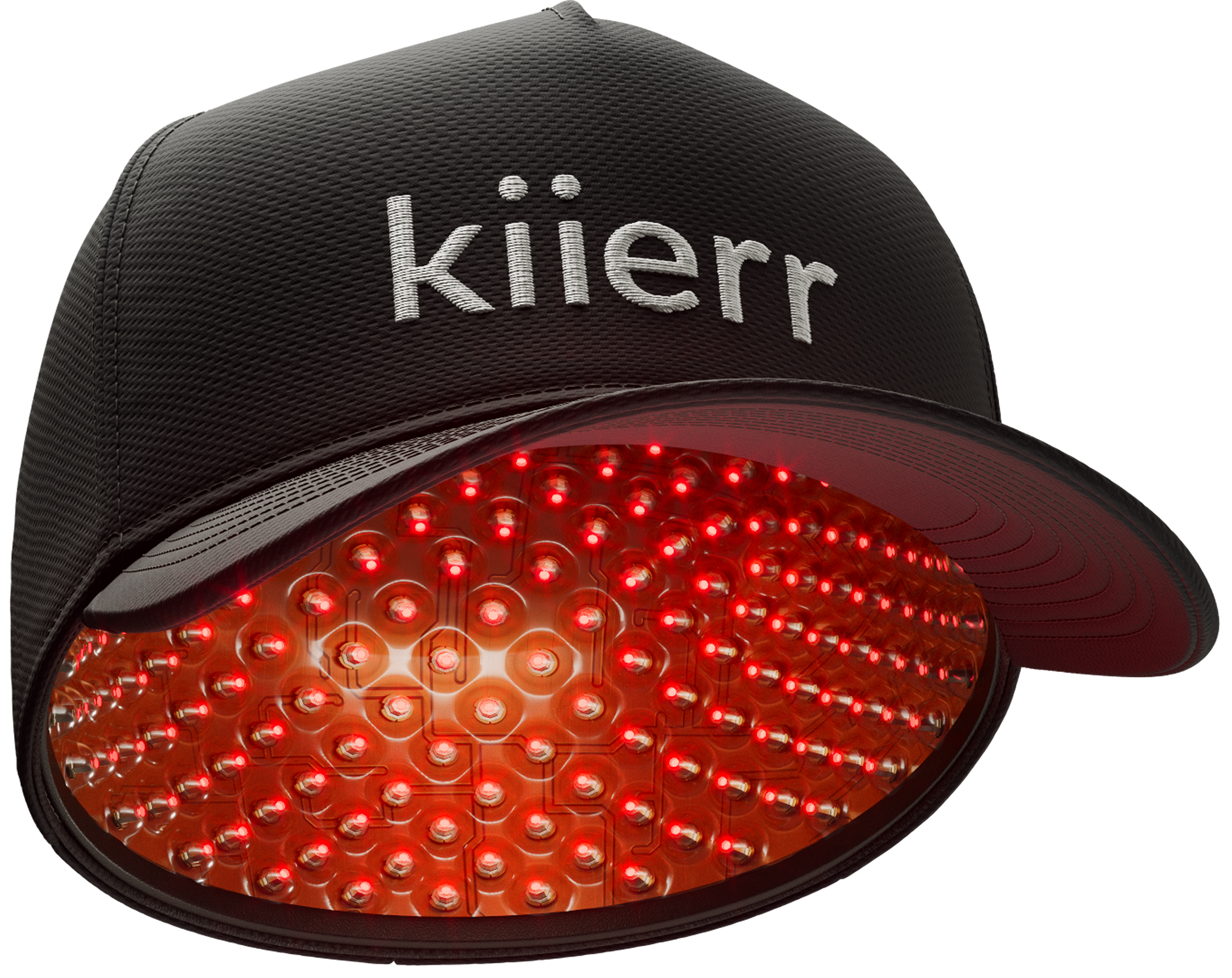

 Learn
Learn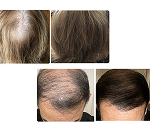 See results
See results SHOP BEAUTY
SHOP BEAUTY